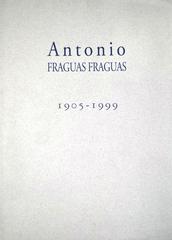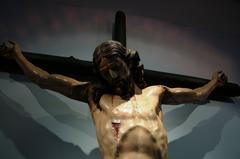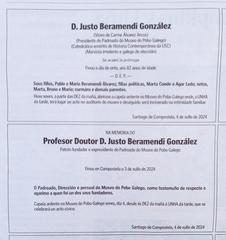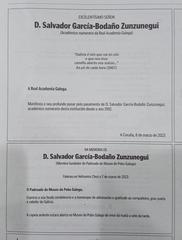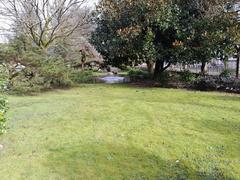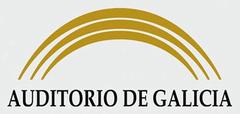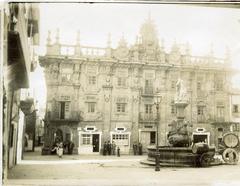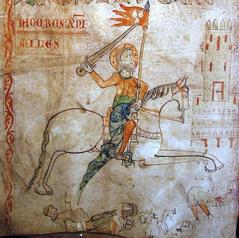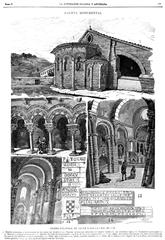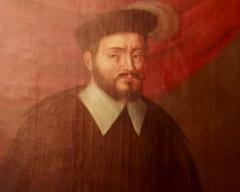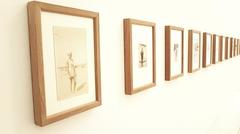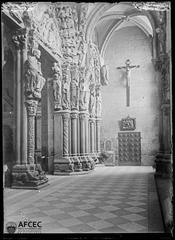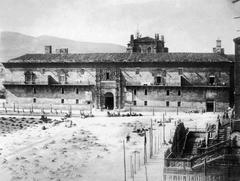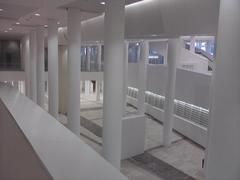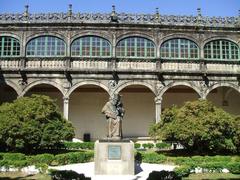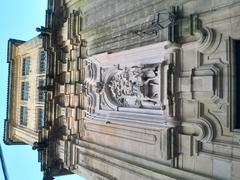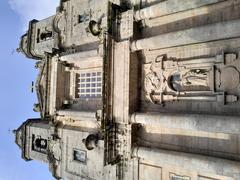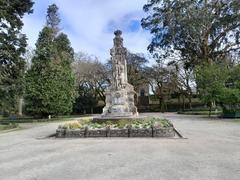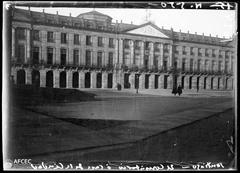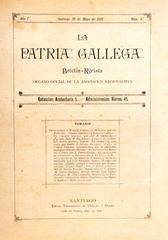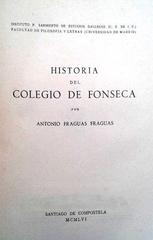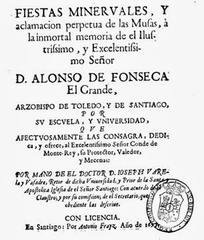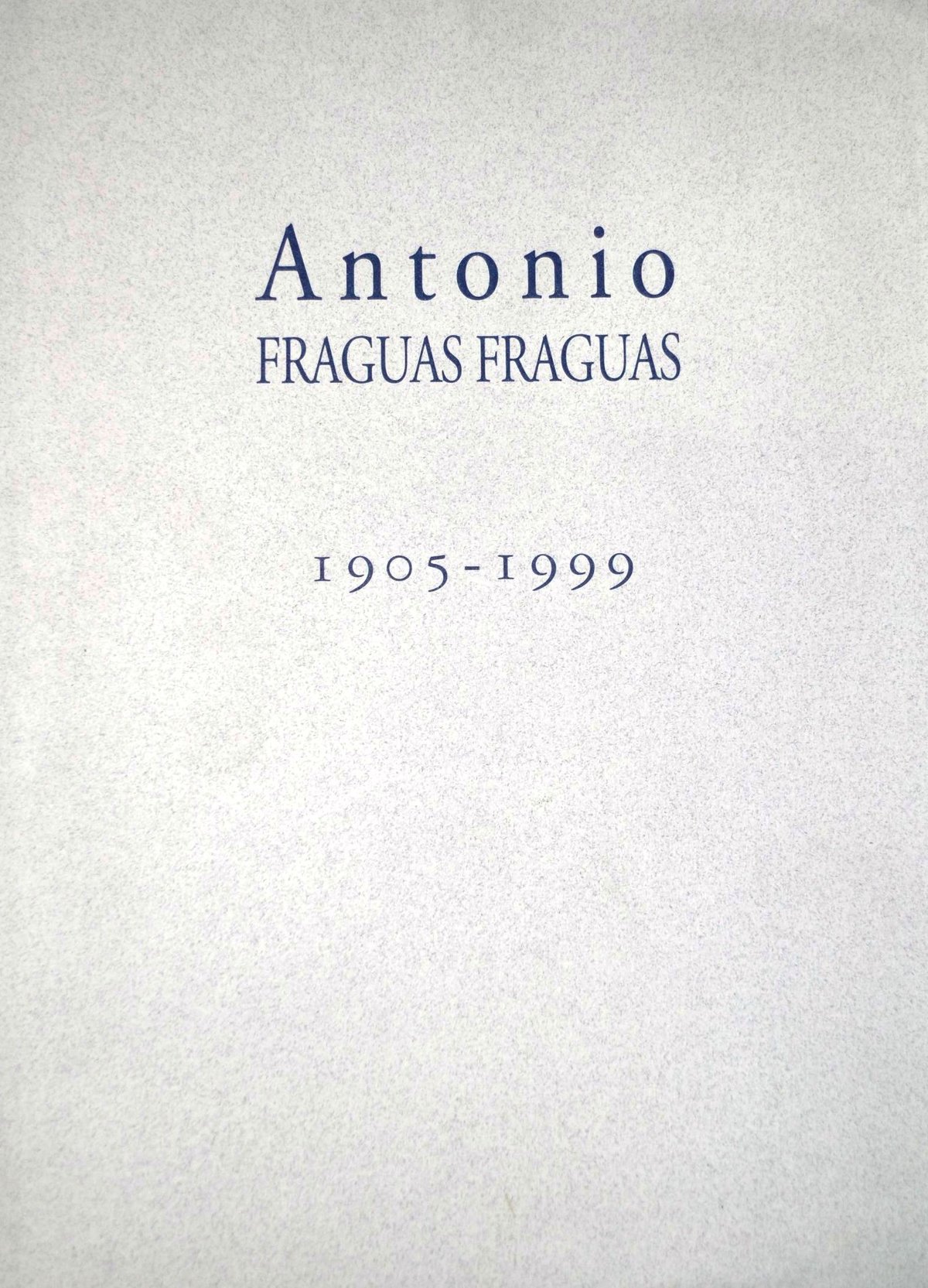
Museum of the Galician People: Visiting Hours, Tickets, and Guide to Santiago de Compostela’s Historical Treasure
Date: 14/06/2025
Introduction
Nestled in Santiago de Compostela’s historic heart, the Museo do Pobo Galego (Museum of the Galician People) is Galicia’s premier institution for the preservation and celebration of regional culture. Housed within the grand, centuries-old walls of the former Dominican Convent of San Domingos de Bonaval, the museum offers an immersive journey through Galician identity—spanning traditional trades, maritime heritage, vibrant festivals, and the very architecture that defines the region.
With its unique blend of Gothic and Baroque design, including the famous 17th-century triple spiral staircase by Domingo de Andrade, the museum is both a cultural repository and an architectural marvel. Whether you are a history enthusiast, a cultural traveler, or a curious visitor, this guide provides everything you need to plan your visit—including opening hours, ticketing, accessibility, guided tours, and tips for exploring nearby Santiago de Compostela historical sites.
For detailed and up-to-date information, visit the Museo do Pobo Galego official website or check the Santiago Turismo guide.
Table of Contents
- Introduction
- History and Mission
- The Historic Setting: San Domingos de Bonaval
- Collections and Exhibitions
- Visiting Information
- Special Events & Educational Programs
- Highlights & Must-Sees
- Nearby Historical Sites
- Travel Tips
- FAQ
- Virtual Tour & Online Resources
- References
History and Mission
Origins and Founding
The museum’s roots trace back to the early 20th-century Seminar of Galician Studies, which sought to safeguard and study Galicia’s cultural legacy. Following the disruption caused by the Spanish Civil War, the museum was officially established in 1976, symbolizing a revival of regional identity and opening its first exhibitions to the public in 1977 (Museo do Pobo Galego - History).
Institutional Role
Recognized by the Galician government as the central institution for anthropological museums in the region, the Museo do Pobo Galego coordinates heritage preservation efforts, houses a library of special interest, and serves as a hub for research and education (Museo do Pobo Galego - History; Galician Wikipedia).
The Historic Setting: San Domingos de Bonaval
The museum occupies the former Dominican convent, a stunning blend of Gothic and Baroque architecture. Highlights include:
- Triple Spiral Staircase: Designed by Domingo de Andrade, this 17th-century marvel allows three individuals to ascend or descend simultaneously without crossing paths (WhichMuseum).
- Cloisters and Church: The convent’s tranquil cloister and Gothic church now house exhibitions and the Pantheon of Illustrious Galicians, where notable figures like Rosalía de Castro rest (Qué Santiago).
- Bonaval Park: Adjacent green space offers a peaceful retreat and connects visitors to the city’s historic fabric.
Collections and Exhibitions
Permanent Collections
The museum’s nine permanent rooms reveal Galicia’s social, economic, and artistic evolution:
- Ethnographic Artifacts: Tools, household items, and costumes that illustrate daily life and social customs.
- Traditional Occupations: Displays on fishing, agriculture, and crafts such as basketry and pottery (Museos Xunta).
- Domestic Life: Authentic room reconstructions, textiles, and family artifacts.
- Festivities and Rituals: Costumes, masks, musical instruments—including an impressive bagpipe (gaita) collection—underscore the importance of music and festivals.
- Architecture: Models and documentary material on traditional Galician buildings.
- Religious and Funerary Traditions: Processional crosses, saints’ images, and unique Galician funerary customs.
Temporary Exhibitions
Rotating thematic exhibitions highlight contemporary issues, regional art, and aspects of Galician identity such as emigration, women’s roles, and language preservation (Santiago Turismo).
Digital and Multimedia Resources
Interactive displays, oral histories, videos, and a robust online archive enhance the visitor experience and broaden accessibility.
Visiting Information
Location & How to Get There
- Address: Costa de San Domingos 3, 15703 Santiago de Compostela, A Coruña, Galicia
- Access: Easily reached on foot from the city center or cathedral; local buses and taxis serve the area; limited nearby parking (Viajeraymochilero).
Visiting Hours
- Tuesday to Saturday: 11:00 AM – 6:00 PM
- Sundays & Public Holidays: 11:00 AM – 2:00 PM
- Closed: Mondays, January 1st, December 24th
- Special Schedules: December 24th, 31st, and January 5th follow holiday hours (Qué Santiago).
Check the official museum website for updates.
Tickets & Discounts
- General Admission: €5
- Reduced Admission (over 65, students over 18): €2
- Groups (8+): €3.50 per person
- Free Admission: Museum members (companions €3), students under 18, unemployed, pilgrims with Pilgrim Passport, and on Sundays, May 18th, July 25th, October 29th (Museos Xunta)
- Purchase: Online or at the entrance. Booking in advance is recommended during peak times.
Accessibility
- Mobility: Ramps and elevators are available, but due to the hillside and historic structure, some areas may be challenging. Contact the museum in advance for assistance.
- Facilities: Accessible restrooms; staff support on request.
Guided Tours
- Languages: Offered in multiple languages for groups and schools; book via the Department of Education and Cultural Action (Qué Santiago).
- Self-Guided: English signage is limited; translation apps recommended (Then We Walked).
Photography Policy
Photography is permitted in most areas without flash; check signage for any restrictions.
Special Events & Educational Programs
The museum hosts lectures, workshops, and cultural events—ranging from craft demonstrations to music performances—often coinciding with temporary exhibitions. Programs for children and families are offered, and educational resources are available for schools.
Highlights & Must-Sees
- Triple Spiral Staircase: One of the world’s architectural wonders.
- Galician Costume Gallery: Displays of regional dress, embroidery, and jewelry.
- Maritime Heritage Section: Models, nets, and oral histories of Galicia’s seafaring tradition.
- Pantheon of Galician Notables: The final resting place of cultural icons.
Nearby Historical Sites
- Santiago de Compostela Cathedral: Iconic pilgrimage destination and UNESCO World Heritage Site.
- Alameda Park: Offers panoramic city views.
- Abastos Market: A vibrant spot for local food and crafts.
- Galician Contemporary Art Centre (CGAC): Located nearby for a modern art experience (Spain.info).
Travel Tips
- Best Time: Weekday mornings and late afternoons are quieter.
- Dining & Accommodation: Numerous options are within walking distance in the old city.
- Combining Visits: Pair your museum tour with Bonaval Park or neighboring sites.
Frequently Asked Questions (FAQ)
What are the museum’s visiting hours?
Tuesday-Saturday: 11:00–18:00; Sundays/Public Holidays: 11:00–14:00; closed Mondays.
How much are tickets?
General: €5; reduced rates for students, seniors, groups; free for eligible categories.
Is the museum wheelchair accessible?
Yes, though some areas may be challenging. Contact in advance for assistance.
Are guided tours available?
Yes, for groups and schools. Self-guided tours are also possible.
Are there free entry days?
Yes: Sundays, May 18th, July 25th, October 29th.
Virtual Tour & Online Resources
Can’t visit in person? Take a virtual tour to explore the collections online (Qué Santiago).
Contact Information
- Email: [email protected]
- Phone: +34 981 583 620
- Website: www.museodopobo.gal
Conclusion
The Museo do Pobo Galego is a vibrant testament to Galicia’s past and present. Its evocative exhibitions, architectural wonders, and community-focused programs make it essential for anyone interested in Galician culture. Plan your visit, explore nearby Santiago de Compostela historical sites, and take advantage of guided tours or digital resources for a deeper experience. For ongoing updates, download the Audiala app, follow the museum’s channels, and check the official website for events, ticketing, and educational materials.
References and Further Reading
- Museo do Pobo Galego - History
- Museo do Pobo Galego - WhichMuseum
- Galician Wikipedia - Museo do Pobo Galego
- Museo do Pobo Galego Visiting Hours, Tickets & Guide - Santiago Turismo
- Museum of the Galician People Guide - At A Ticket To Take Off
- Museum of the Galician People - Viajeraymochilero
- Qué Santiago - Museum of the Galician People
- Spain.info - Museum of the Galician People
- Then We Walked - 2 Days in Santiago de Compostela Itinerary
